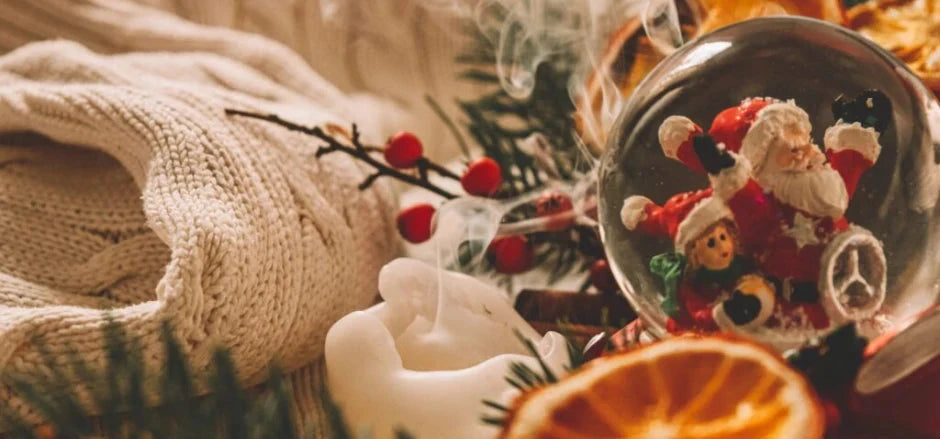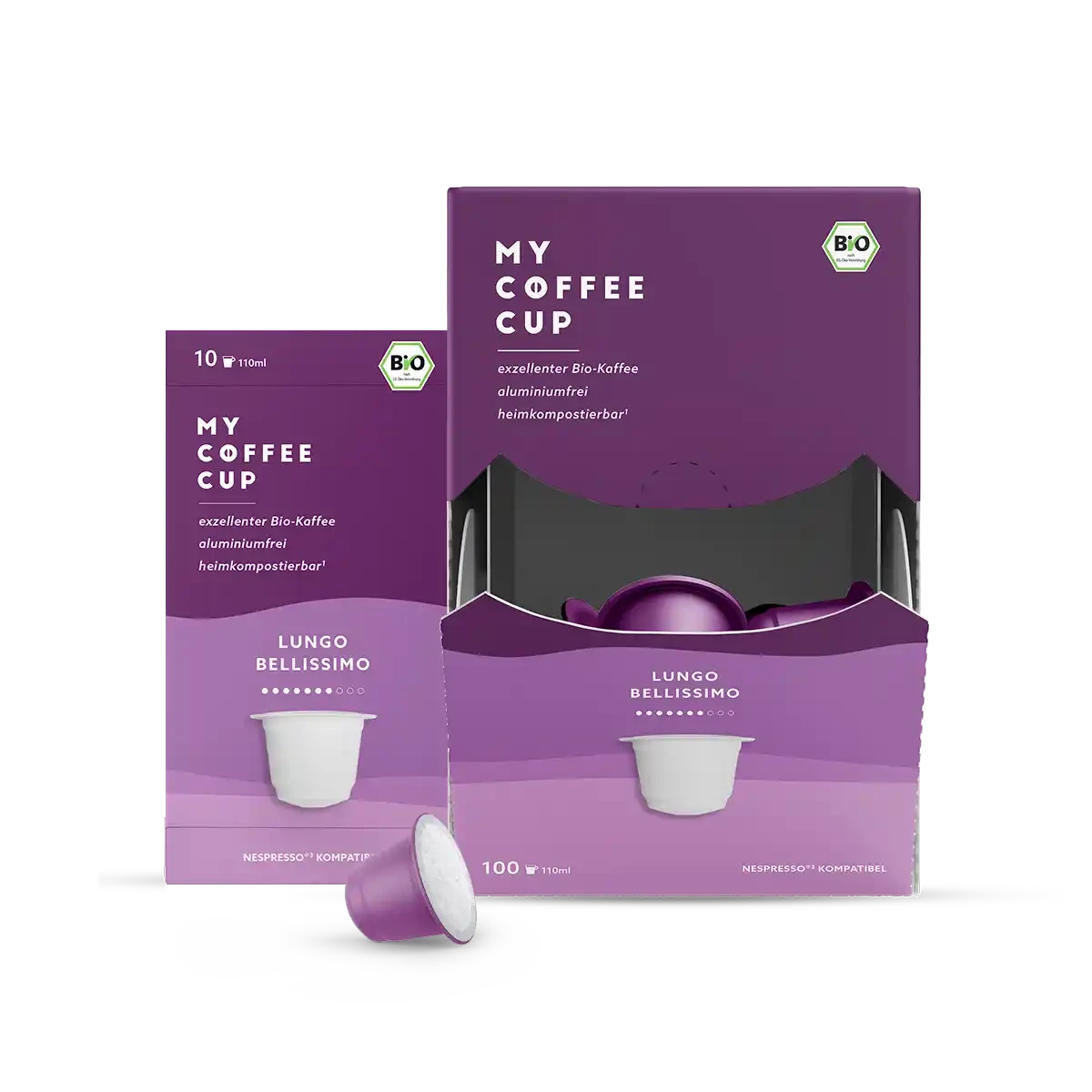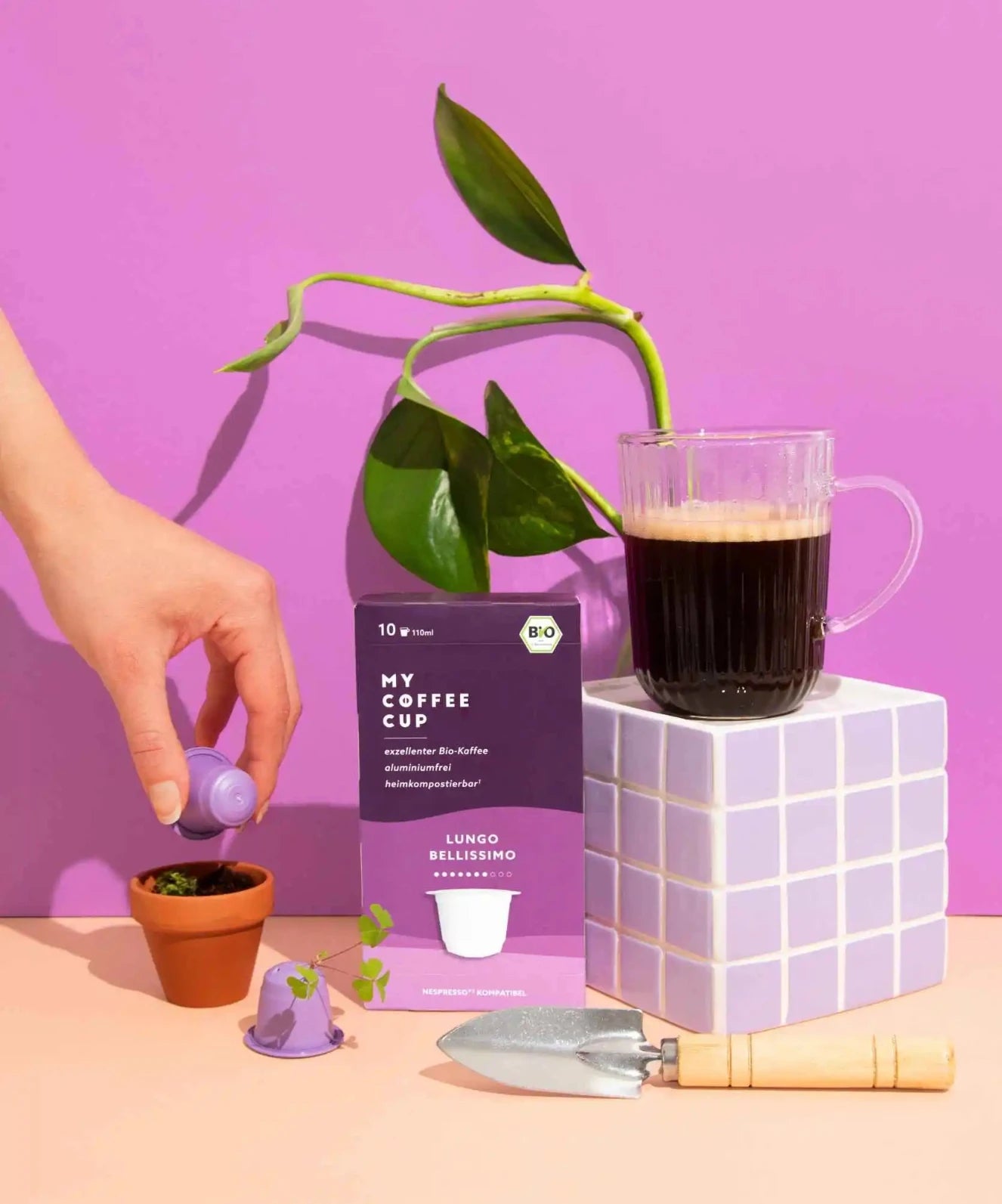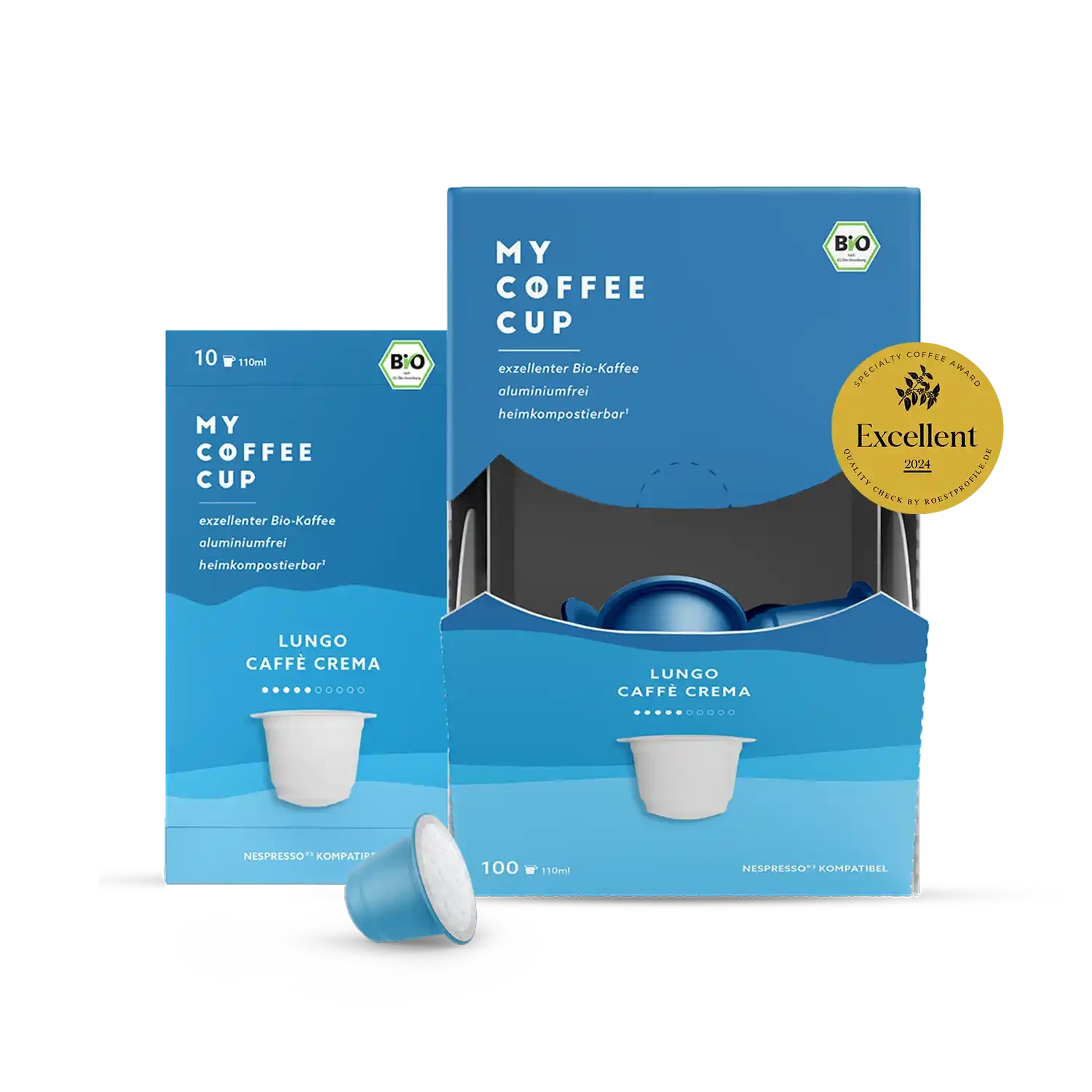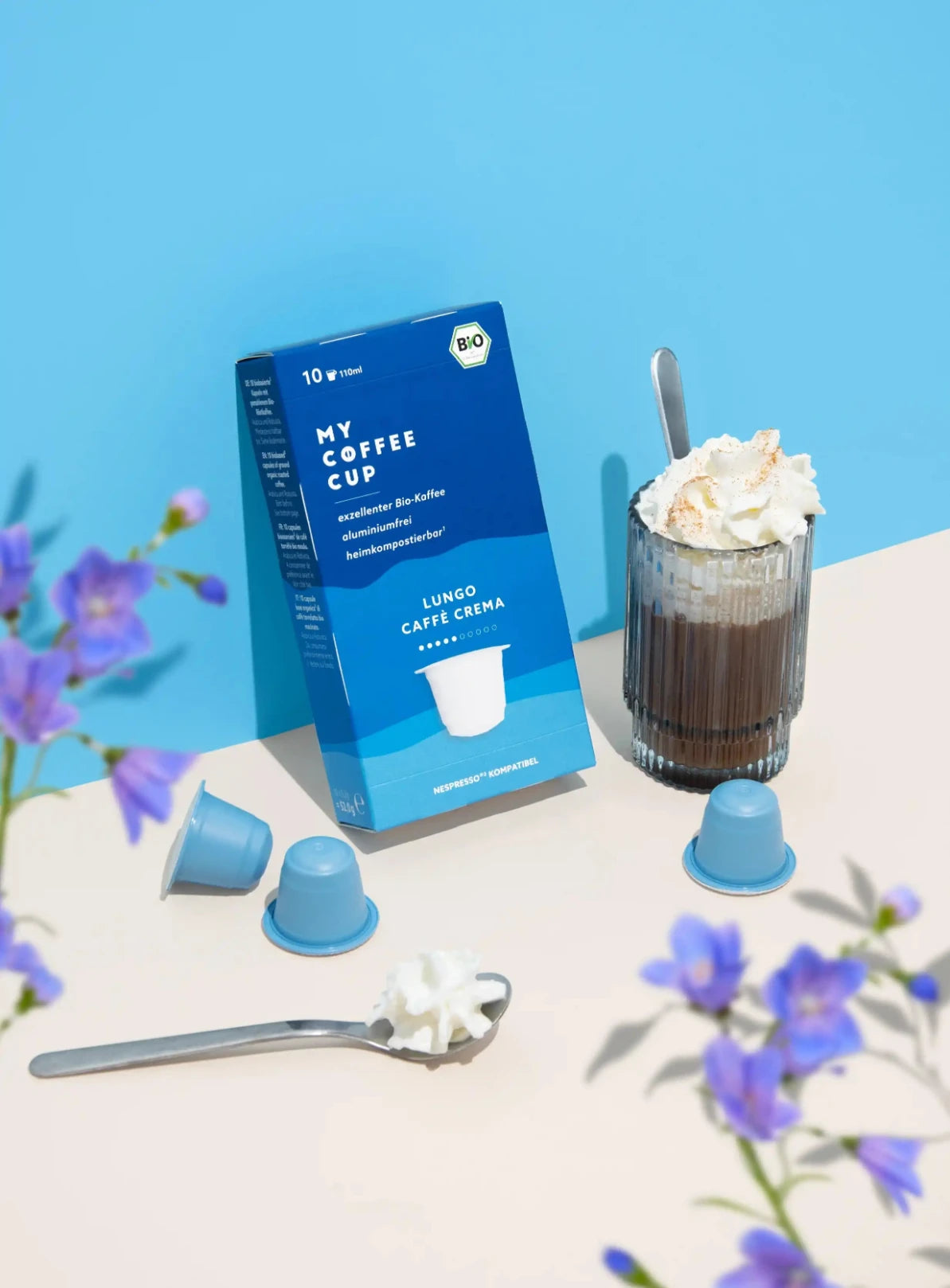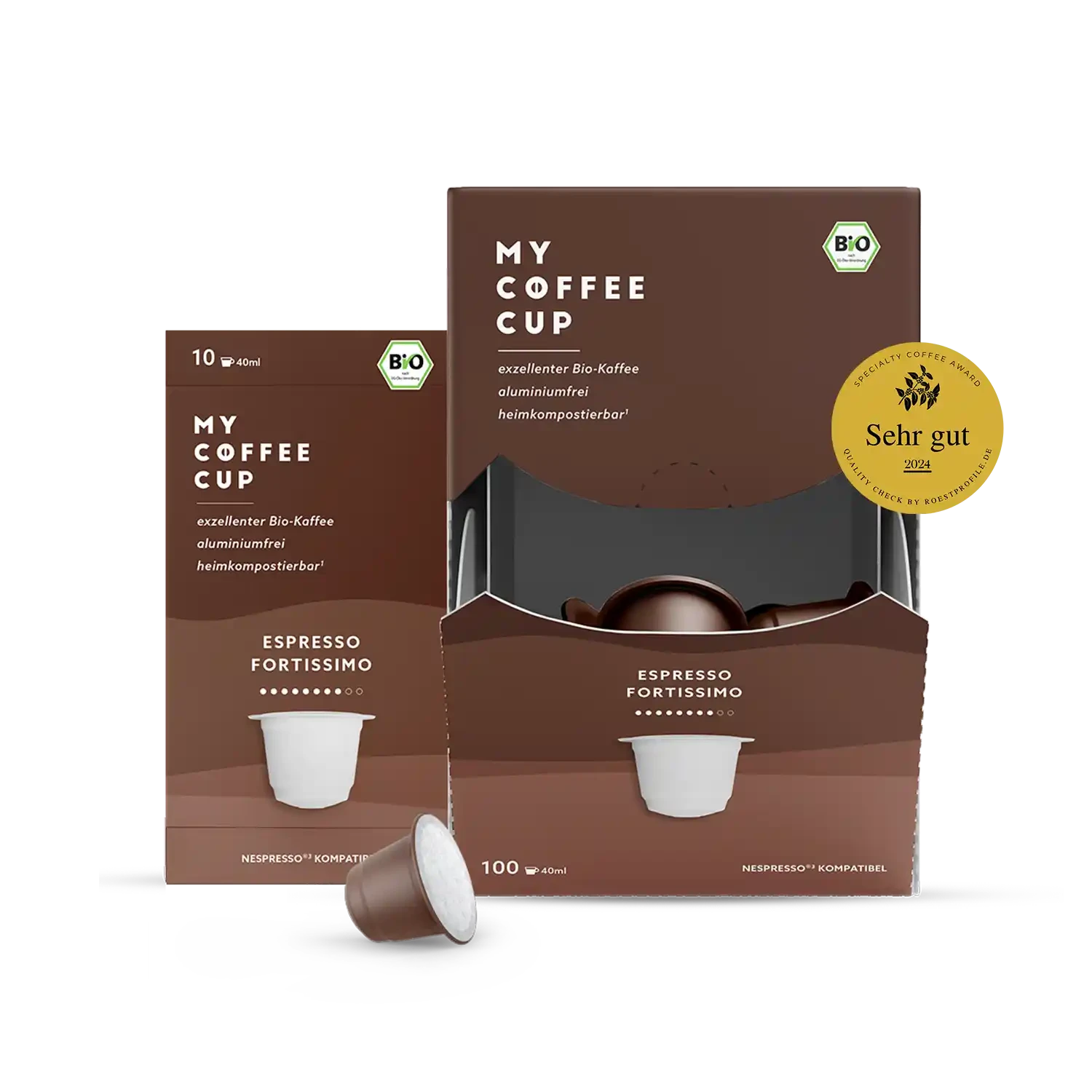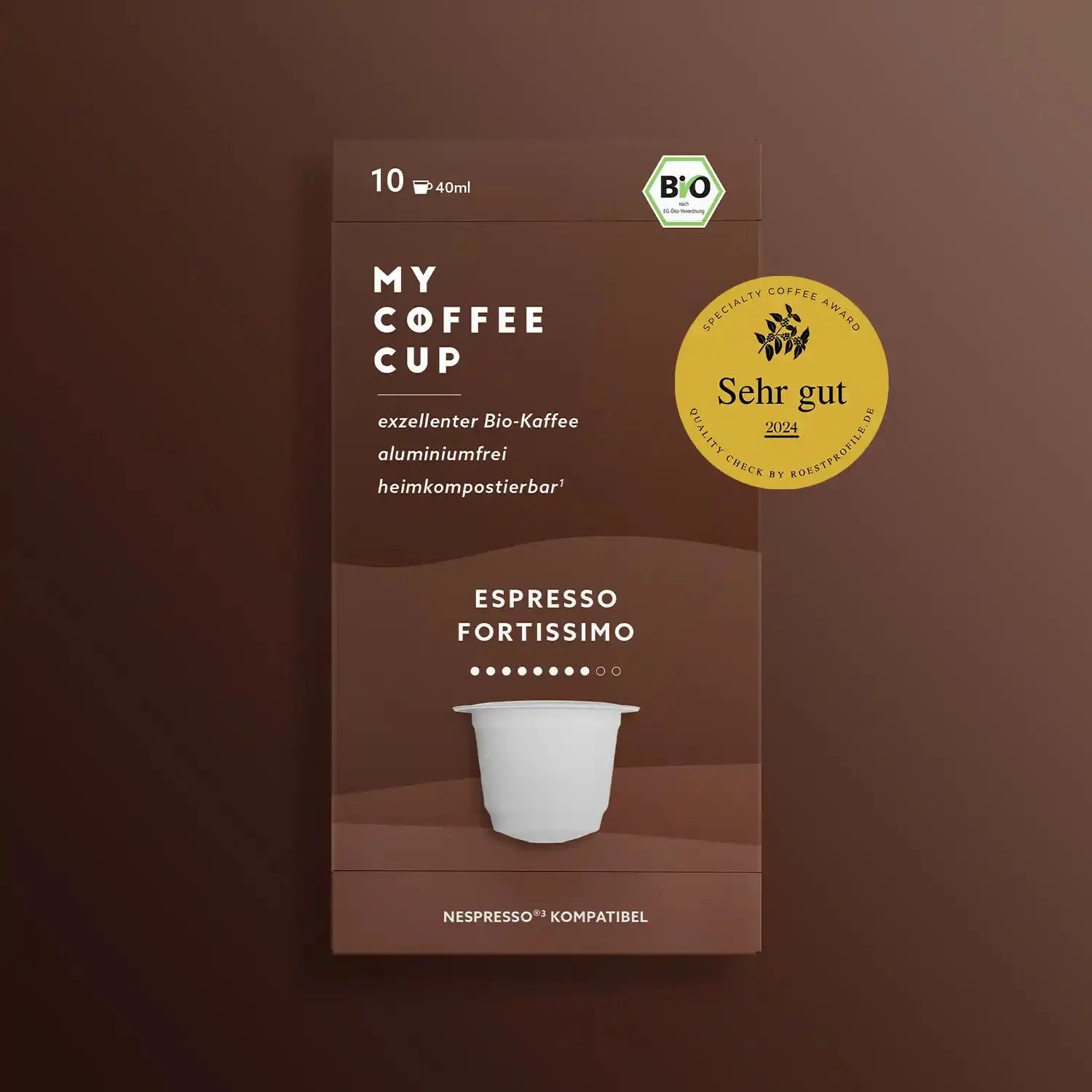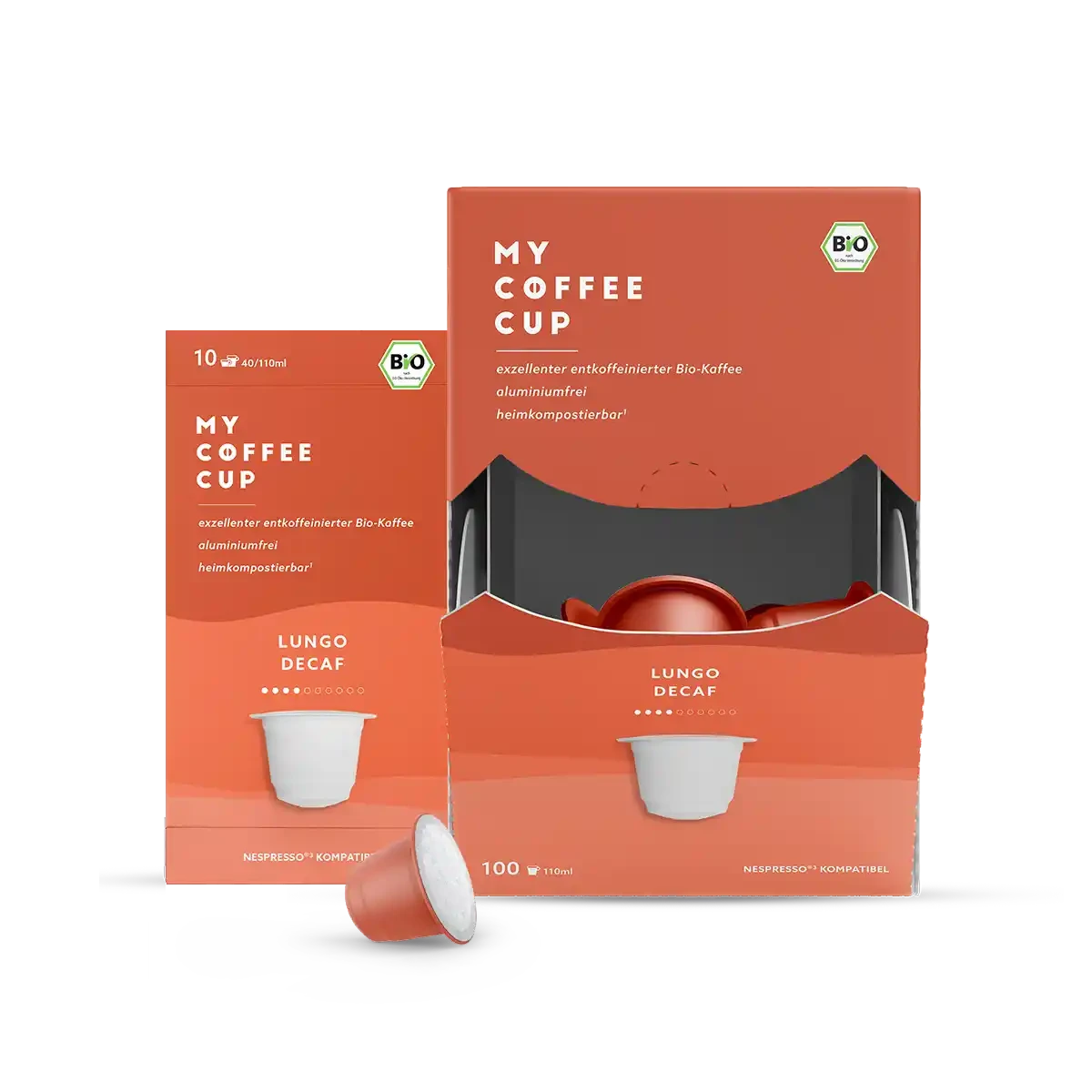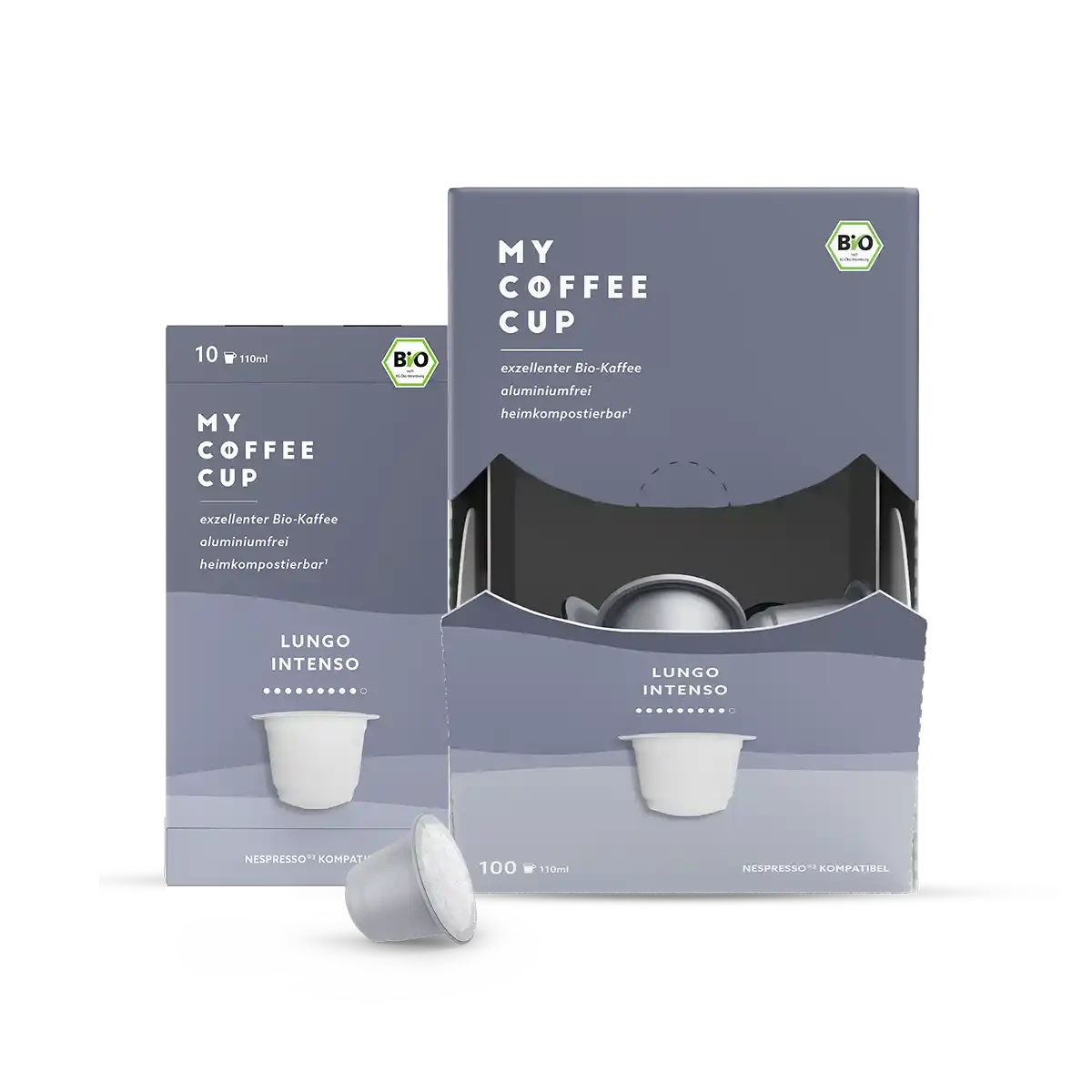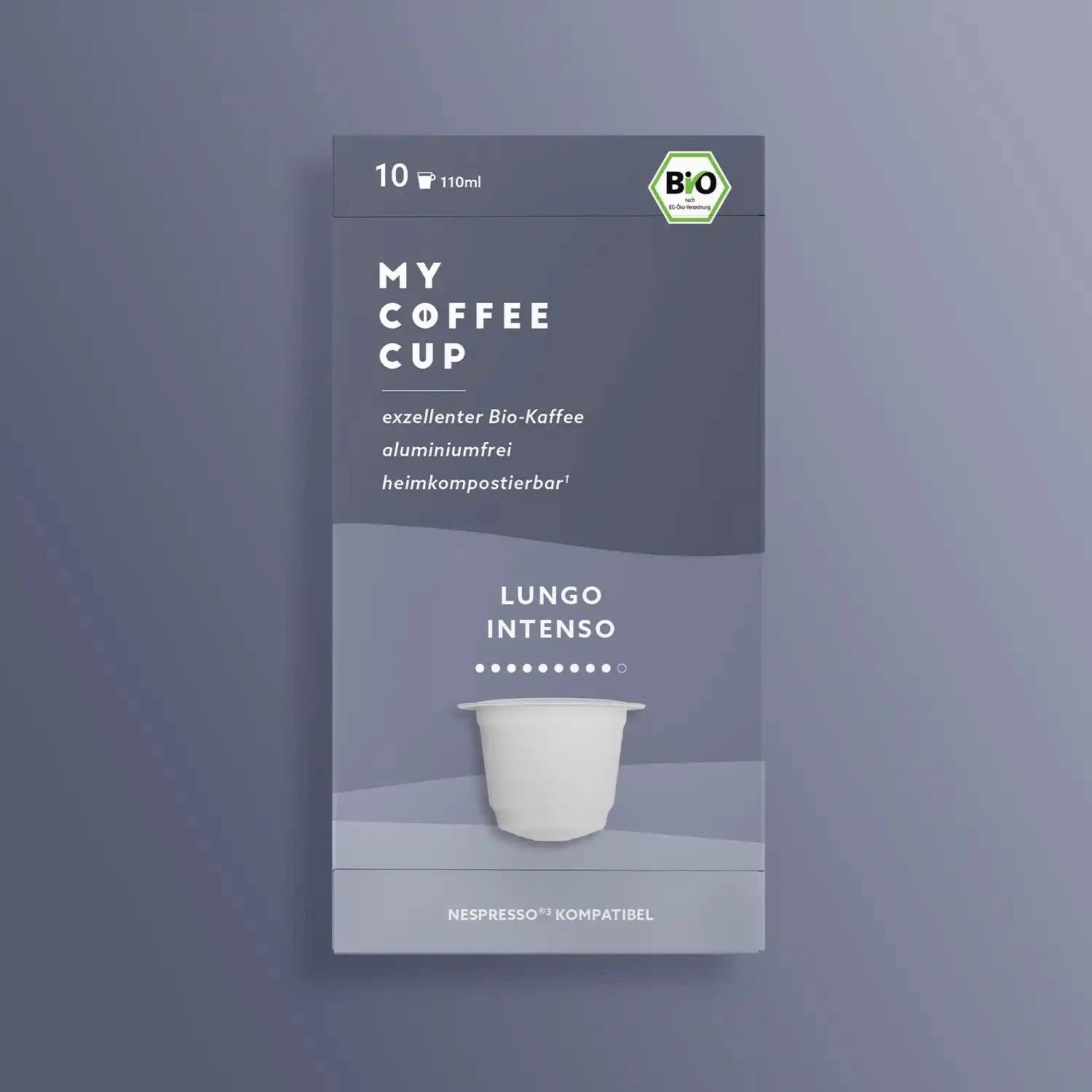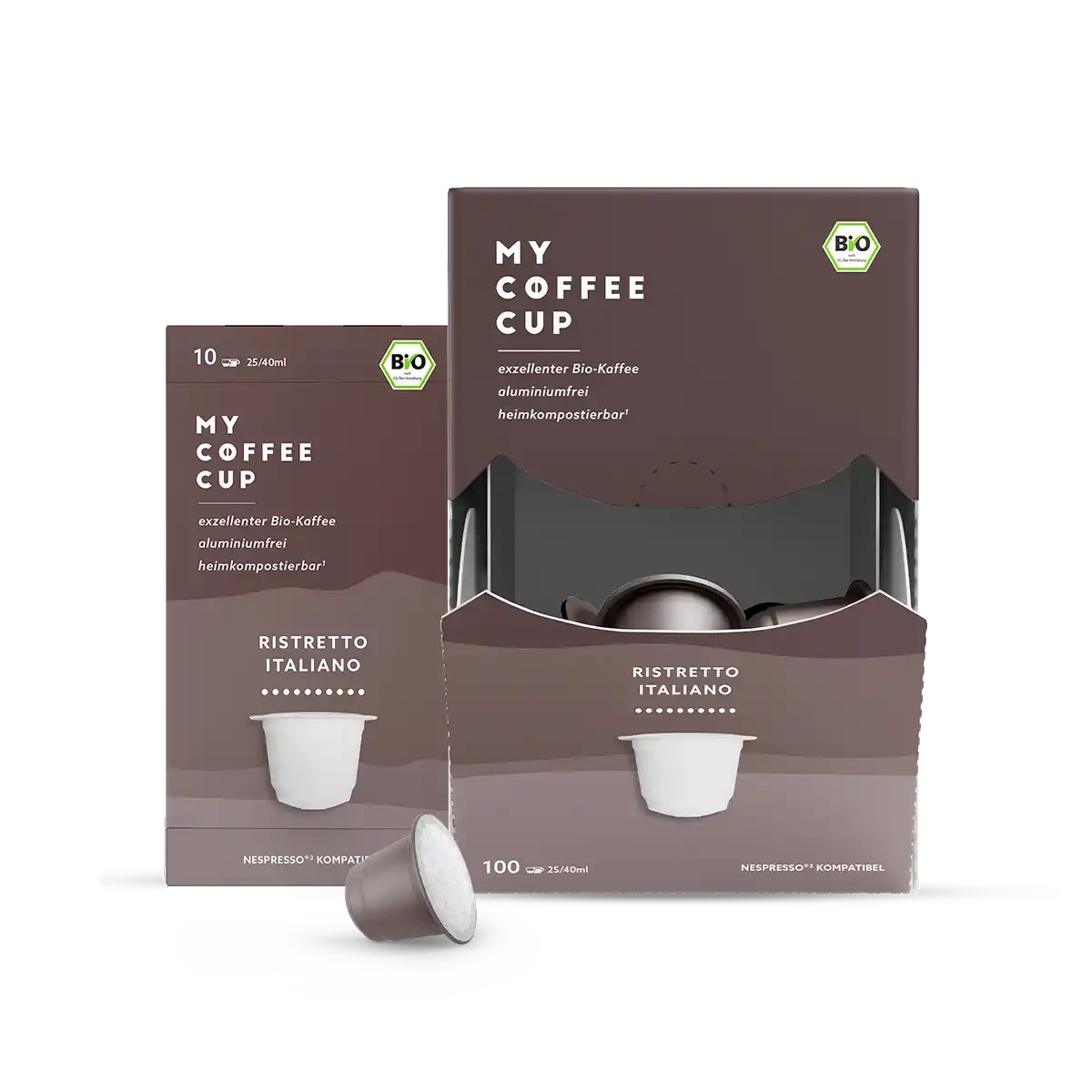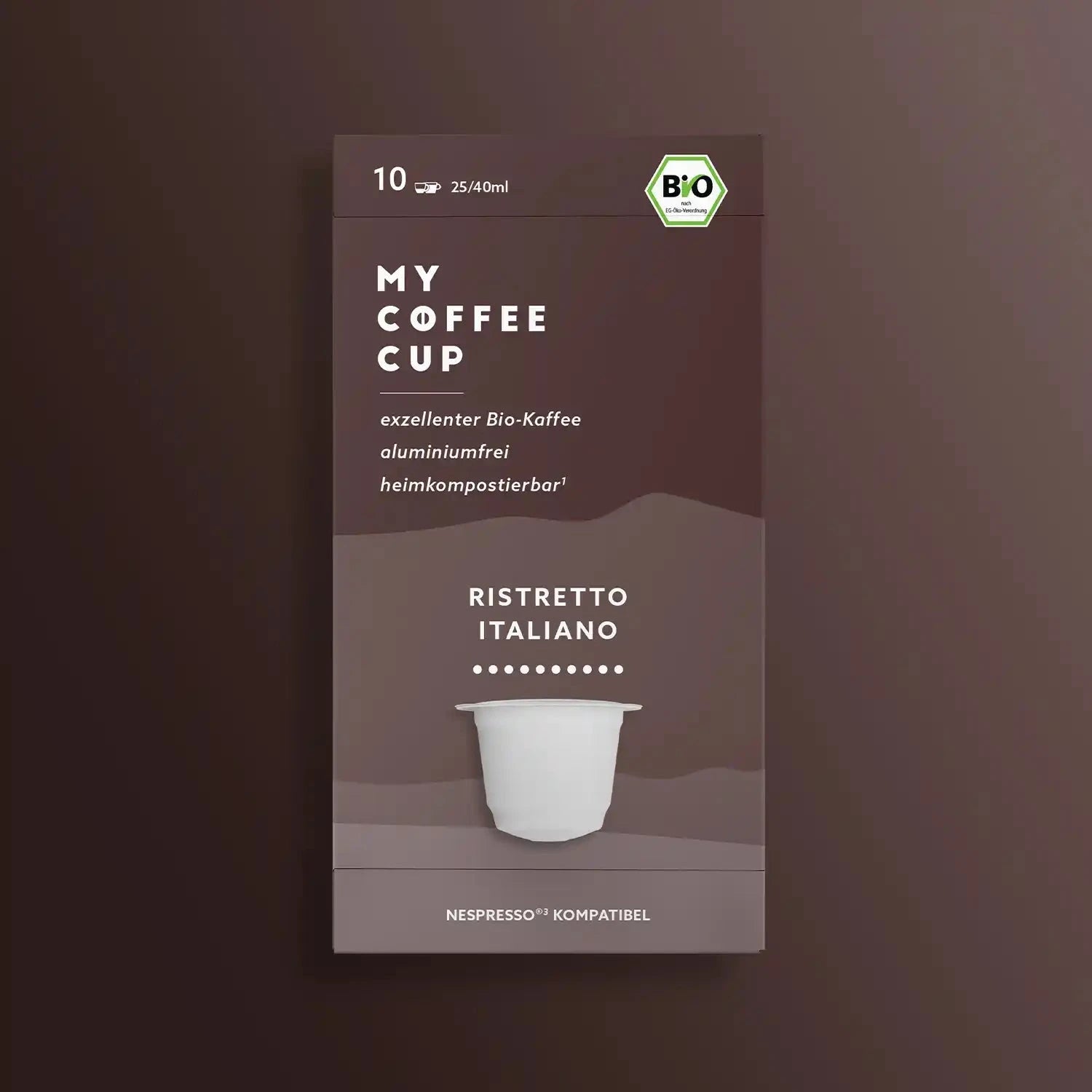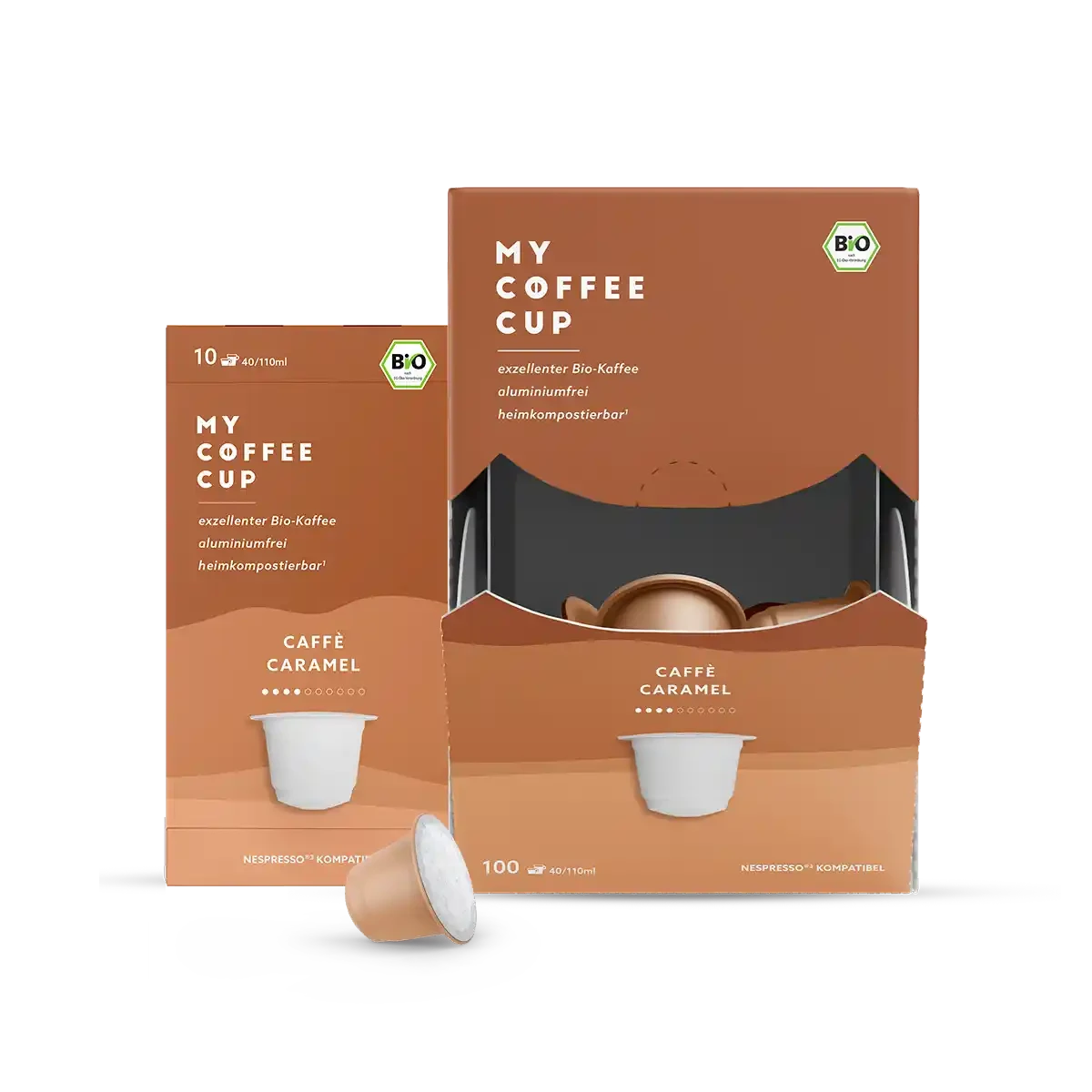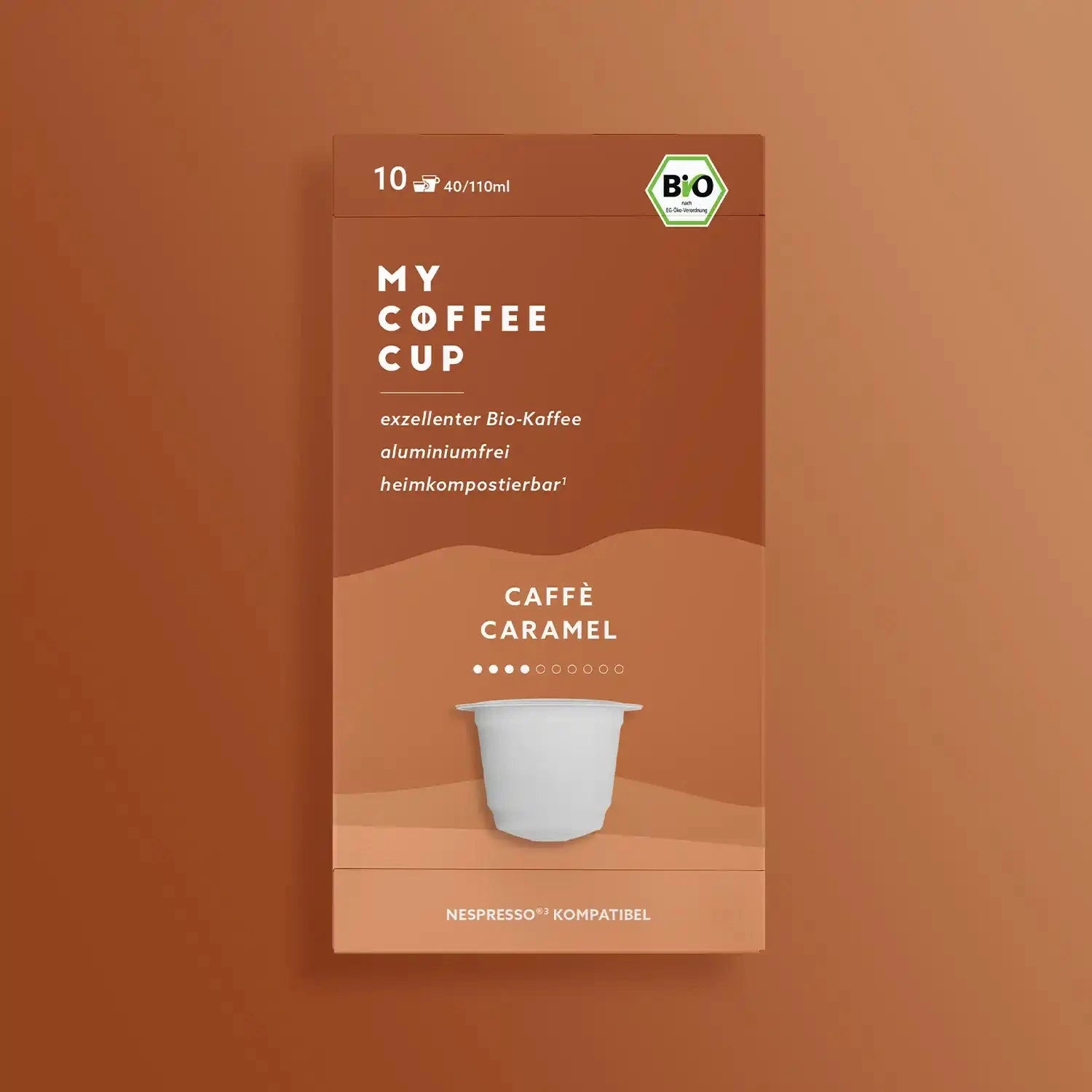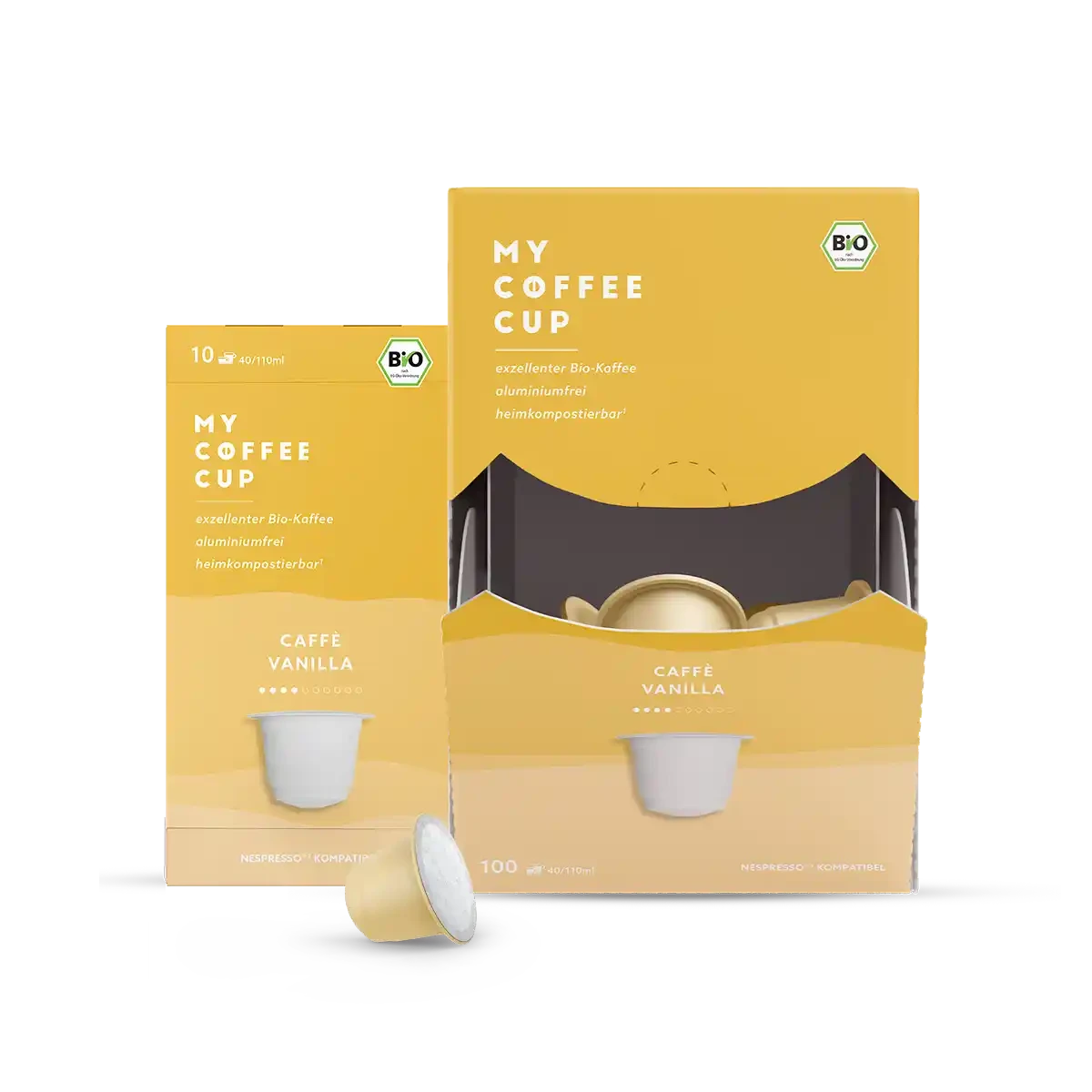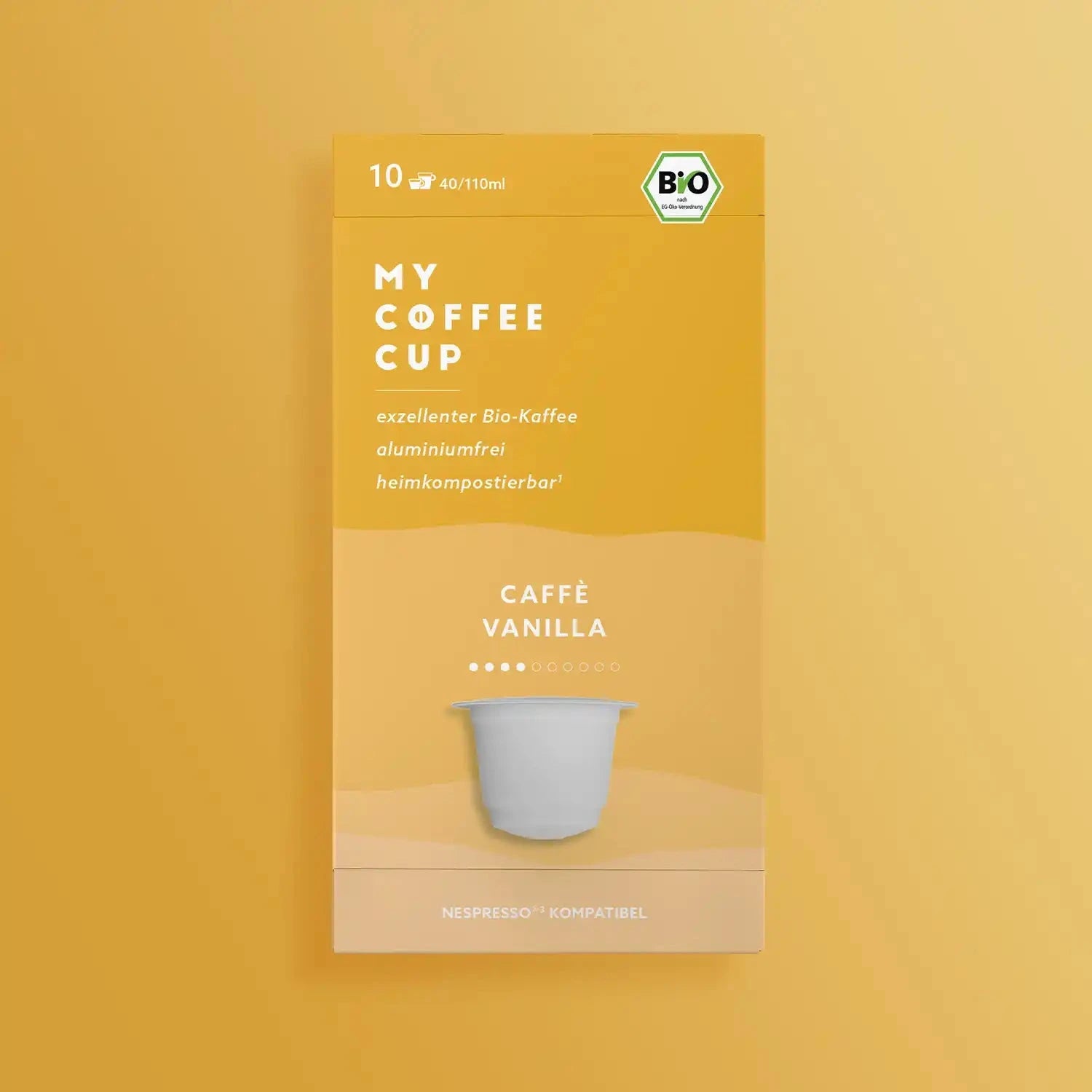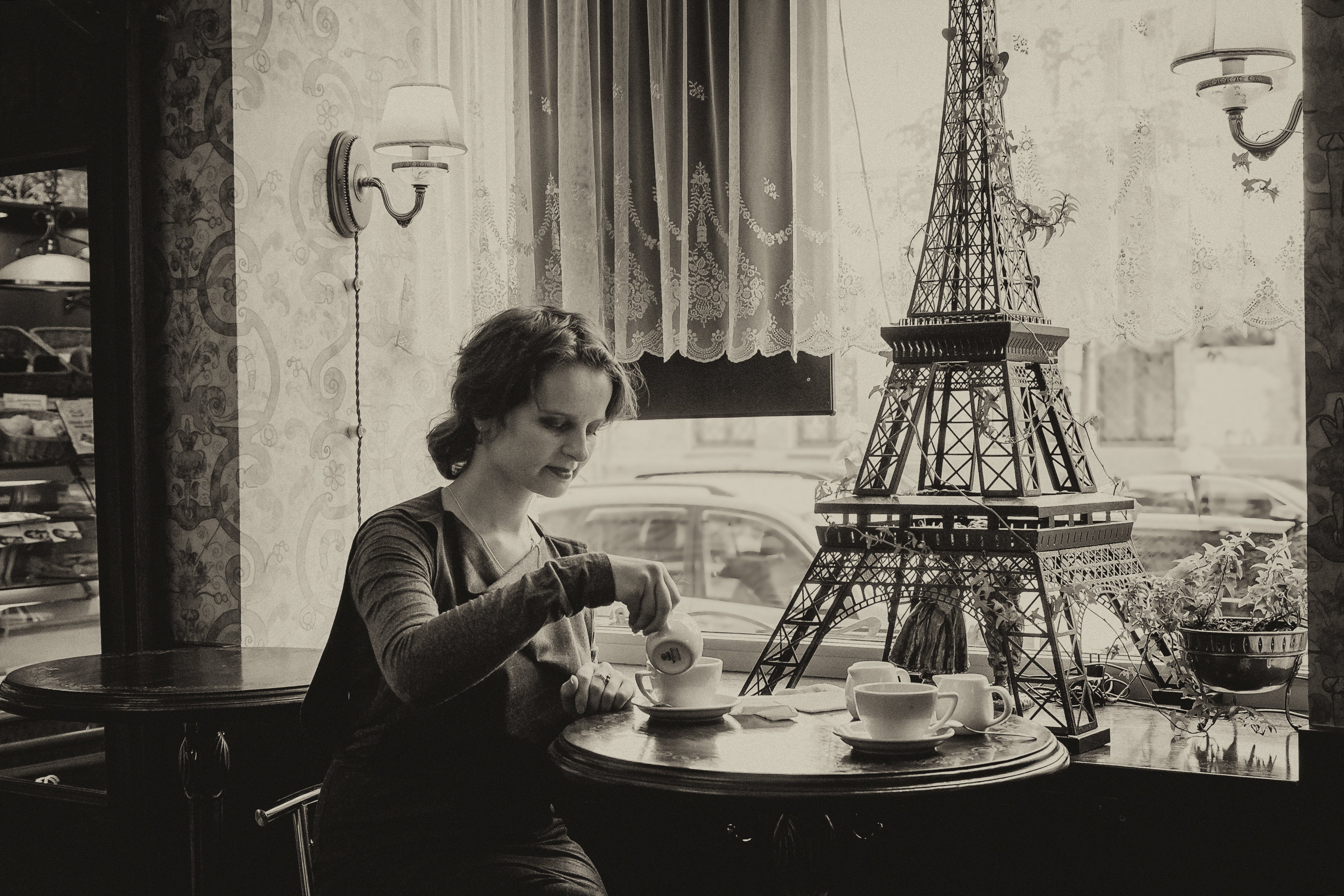introduction
Coffee grounds contain a variety of antioxidants that offer protection against free radicals. Free radicals are very aggressive and attack our cells. Our cell structure can change as a result or, in the worst case, damage our cell function or DNA. Coffee grounds are full of effective ingredients and are therefore far too valuable to be thrown away. Using coffee grounds saves money and protects the environment. But what exactly can you do with coffee grounds?
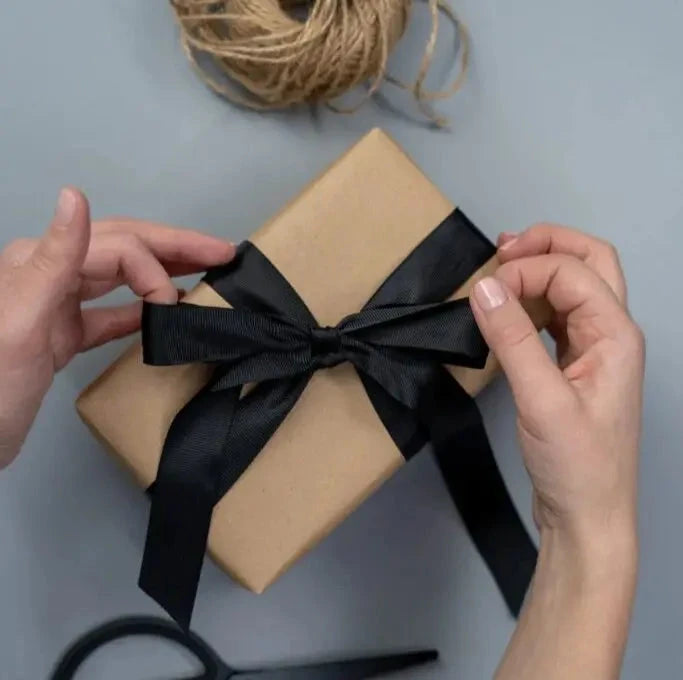
1. Suitable wrapping paper for sustainable Christmas
After Christmas, there are huge piles of wrapping paper left over that end up in the bin. But there are a number of environmentally friendly alternatives to make your presents look beautiful without wrapping paper. This way, you're getting closer to your wish of celebrating a sustainable Christmas:
- For example, you can use calendar pages, newspapers and magazines to uniquely wrap your gifts
- Wrapping paper looks good and gives you the opportunity to write on or paint the gifts
- If you have leftover fabric, you can tie it around your gift as a bow to make it look more colorful
- You can also easily use fabrics such as a scarf or tea towels to wrap the gift

2. Sustainable coffee
Do you have a capsule machine at home, but the waste from the aluminum capsules makes you feel guilty? Especially on cold days in winter, people drink more coffee and tea, which ultimately leads to increased waste production. Did you know that the natural decomposition of an aluminum capsule takes more than 200 years, can have health effects on the human body and that the production of these capsules alone leaves an enormous ecological footprint? It's far too bad to associate this with a luxury item like coffee.
Our solution: The coffee capsules from My Coffee Cup! They are made from bio-based raw materials and are filled with organic coffee. In addition, the natural decomposition time of the capsule is around 26 weeks.
In keeping with the winter season, our Winter Special your day with pleasant warmth.
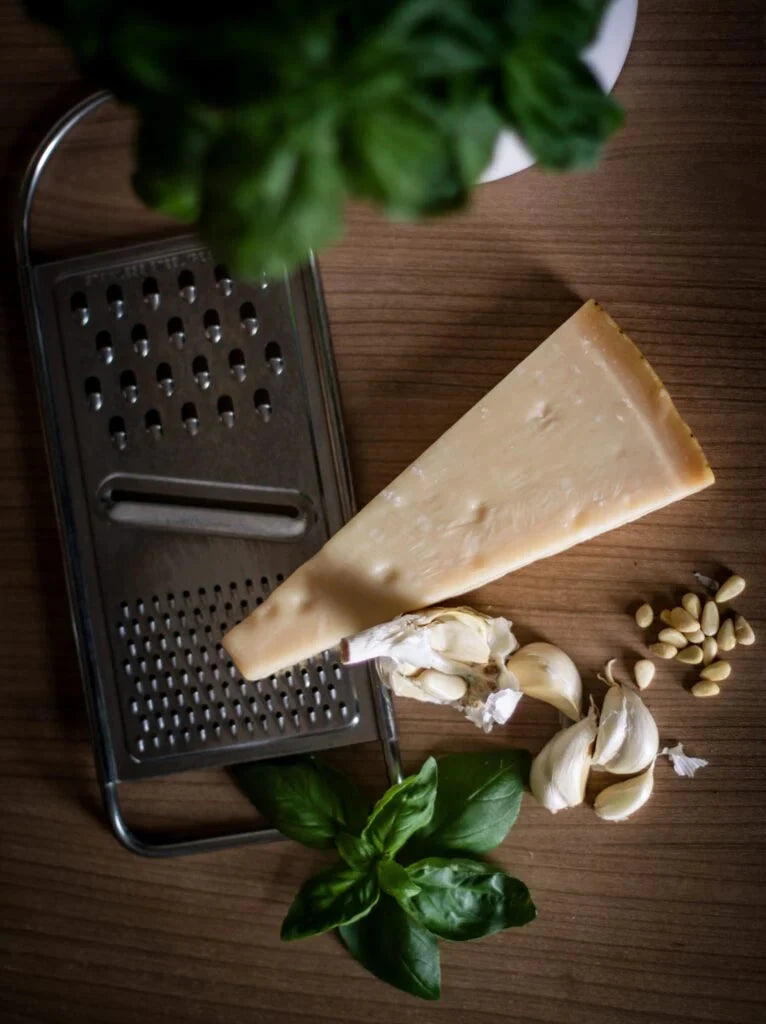
3. Homemade gifts for grandma & grandpa
How about something that comes from the heart? Be it for grandma and grandpa, aunt and uncle or mom and dad. Before you have to rack your brains about what to give as a Christmas present this year, homemade things like pesto, liqueur or roasted almonds are ideal and something that everyone will be happy about. That's why we have picked out a delicious pesto recipe for you that is guaranteed to make everyone happy at Christmas.
Basil Pesto for Sustainable Christmas
Ingredients:
- 1 bunch of basil
- 30 g roasted pine nuts
- 30 g Parmesan
- 1 garlic clove
- some olive oil
- salt & pepper
Preparation:
- Basil, pine nuts, parmesan and garlic are placed in a bowl and then pureed.
- Add some olive oil
- Season the pesto with salt and pepper
4. Sustainable Christmas: candles without paraffin and palm oil
Whether for the Advent wreath or for cozy evenings on cold winter days - a Christmas without candles is hard to imagine. But many people are not aware of the side effects of some candles. In order to celebrate Christmas sustainably, you should also pay attention to the ingredients of the candles.
paraffin candles release various substances that are harmful to the environment and health. Paraffin, a byproduct of crude oil processing, is one of the biggest climate killers. Therefore, vegetable fats such as palm stearin is becoming increasingly important as an alternative to paraffin wax in candle production.
Vegetable stearin is mainly made from palm oil That is, from monoculture plantations that are located where climate-friendly rainforests should actually grow. In Indonesia and Malaysia in particular, large parts of the tropical rainforest were destroyed to grow oil palms, which led to the extinction of species. Slash-and-burn agriculture also affects the global climate.
SUITABLE ALTERNATIVES
In Germany, many candles have the RAL quality sealWith the seal, the manufacturers have committed themselves not to use any raw materials, paints or varnishes that contain harmful substances.
If you have a lot of tea lights with an aluminum holder at home, but want to experience a sustainable Christmas, you can buy plant-based tea lights without an aluminum rim and refill the old aluminum rings.
However, organic candles made from beeswax are best because they are produced in an environmentally friendly way.
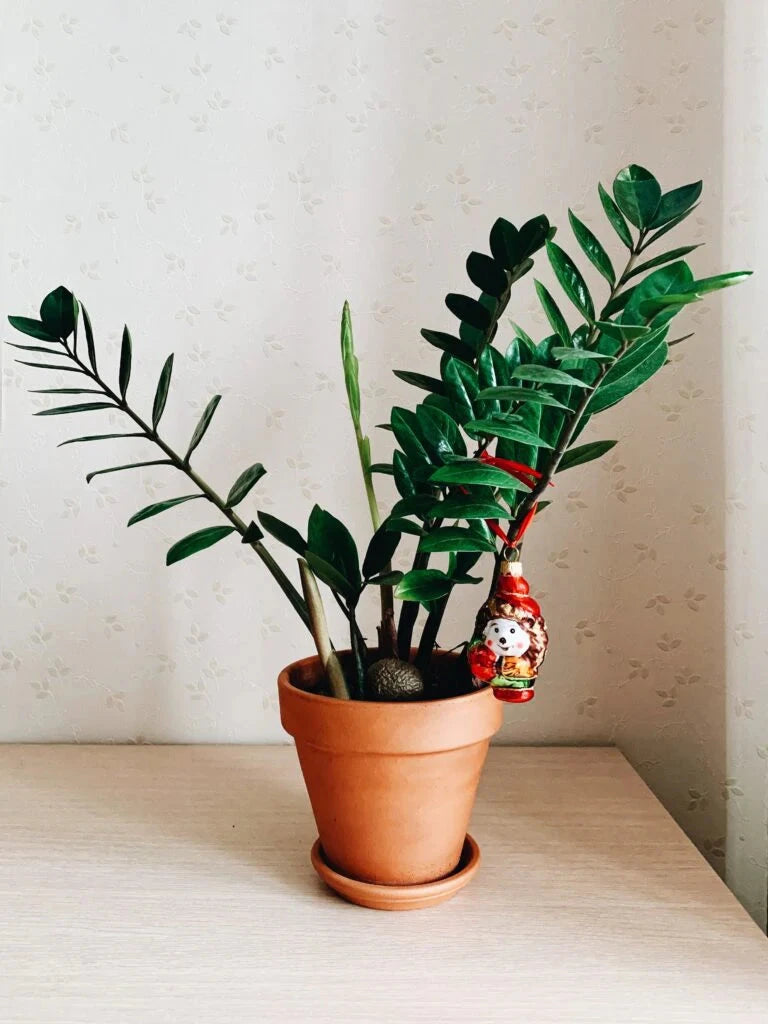
5. Christmas tree in the pot
Around 30 million Christmas trees are sold every year in Germany alone and are thrown away after just a few days. Unfortunately, many of these Christmas trees come from monocultures and are treated with pesticides.
solutions there is:
- You can make sure that the Christmas tree comes from Germany and has an FSC seal. These come from environmentally friendly forestry.
- If you have a plastic Christmas tree at home, use it for as long as possible!
- Another option is a potted Christmas tree. Do you already have a suitable plant at home or have you been wanting to buy a larger plant for your living room for a while? Then the Christmas season is the perfect time to get started. Decorate your houseplant with Christmas decorations and you've already taken a big step towards being able to celebrate a sustainable Christmas.
Fun Fact: Are you a coffee drinker and want to become even more sustainable? The coffee capsules from My Coffee Cup are compostable. Take your used coffee capsules, cut them up and put the capsules in the soil when planting the plant. After about 26 weeks, the capsules will have decomposed naturally in your potted plant and you can look at your tree on Christmas Eve and look forward to a sustainable Christmas.
6. Christmas decoration
Christmas decorations make our Advent season so much more beautiful. But here too, there are some approaches you can take for a sustainable Christmas! Instead of tinsel and Christmas balls, how about something from nature? Stars made of straw, figures made of beeswax or wood, dried orange slices or cinnamon sticks will make your home look just as Christmassy.
INSTRUCTIONS FOR DRIED ORANGE SLICES
Of course, you can also let the orange slices dry in the oven, but with our method you can save a lot of energy!
- Cut the oranges into 1 to 2 cm thick slices.
- Pre-dry the slices a little by pressing them lightly between kitchen paper towels. Make sure that you don't damage too many of the fruit chambers.
- Then place the slices on fresh kitchen paper so that the moisture can be better distributed and evaporate during drying.
- Find a warm and airy place in your home where the orange slices can dry optimally. Radiators or sunny corners in the home are best.
- Turn the orange slices daily. This means that no mould forms, the panes dry faster and they stay straight.
Tip: If you change the kitchen paper more often during the first few days, it will speed up the drying process.
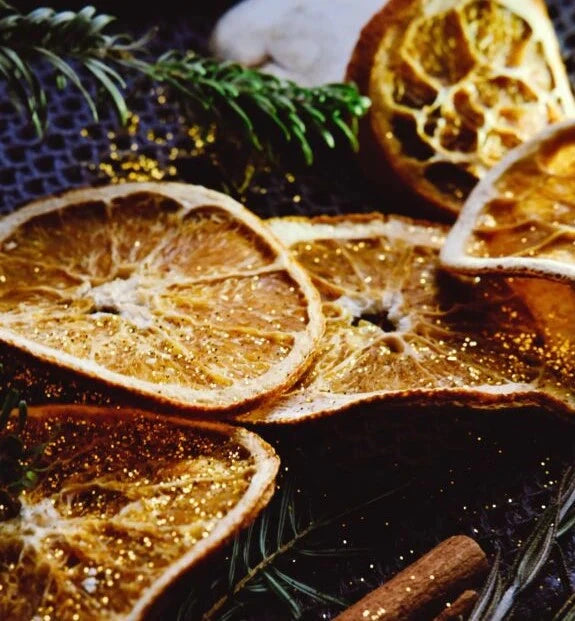
7. Sustainable Christmas market
Festively decorated stalls, delicious food and fragrant mulled wine all over the city. This is how we all imagine a cozy Christmas market. Unfortunately, the reality is often different. Overcrowded Christmas markets, cheap mulled wine and far too long queues at the food stalls. This is why many people are already looking for a more relaxed alternative.
One alternative are sustainable Christmas markets. Not only do they serve organic mulled wine, but there are also vegan alternatives to bratwurst and a lot of stalls with handmade Christmas gifts.
Here you can find some sustainable Christmas markets This makes it easier and easier to celebrate sustainable Christmas.
8. Support local shops for sustainable Christmas
If you want to buy gifts, then if possible, don't order online from well-known giants, but focus on products in your area. There are certainly small manufacturers, socially responsible shops or unpackaged shops where you will find a special gift.
However, if there is no way around ordering online, you will find here 10 tips for more environmentally friendly orders.

